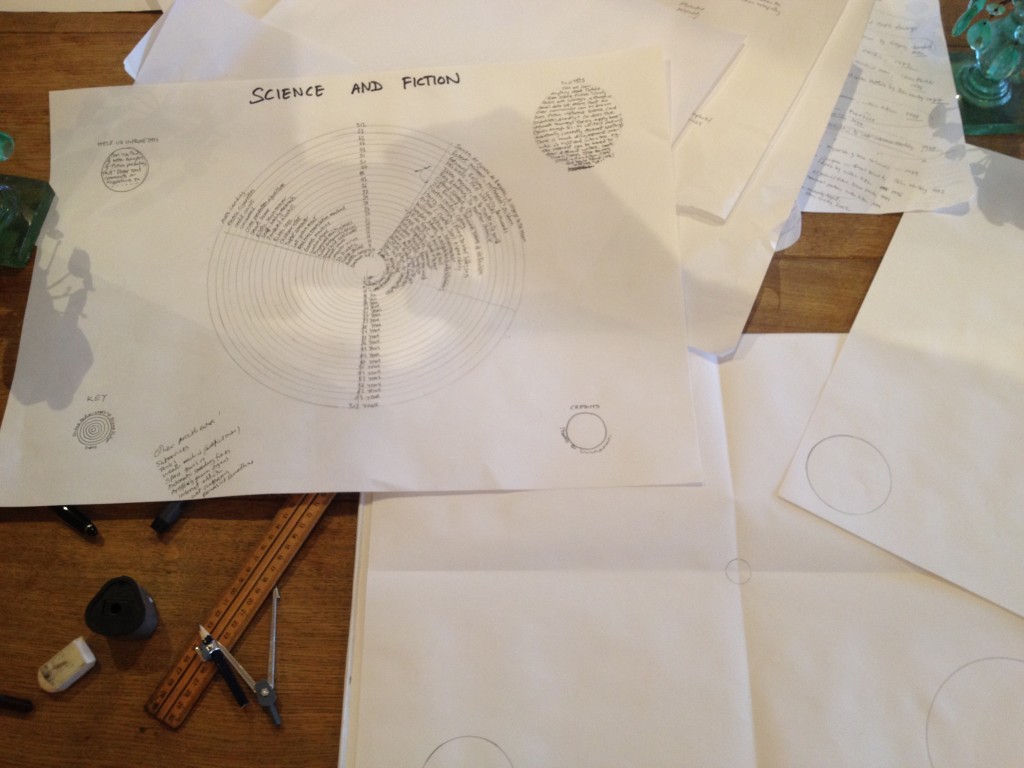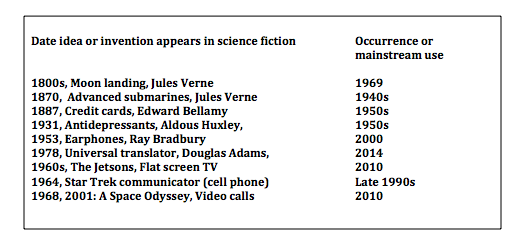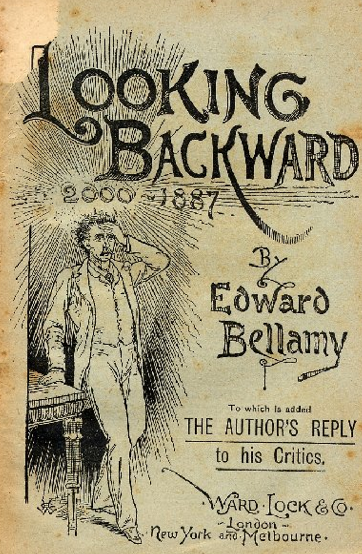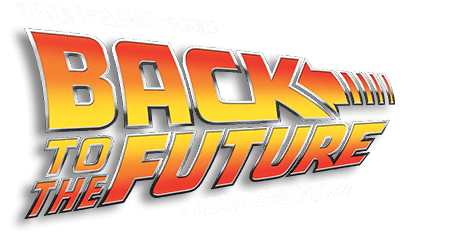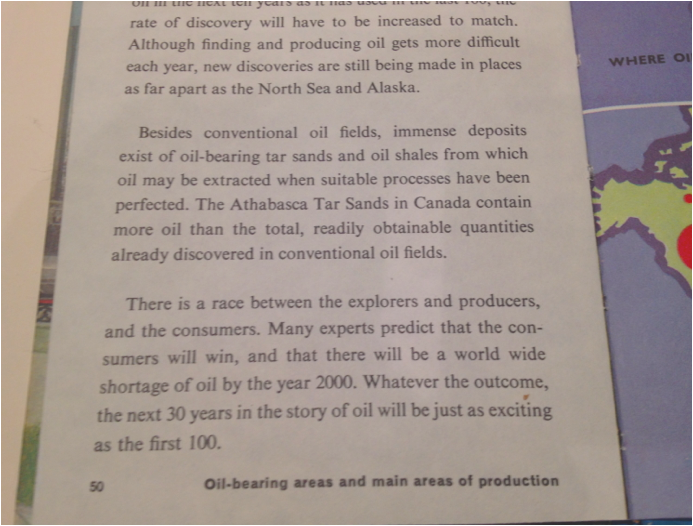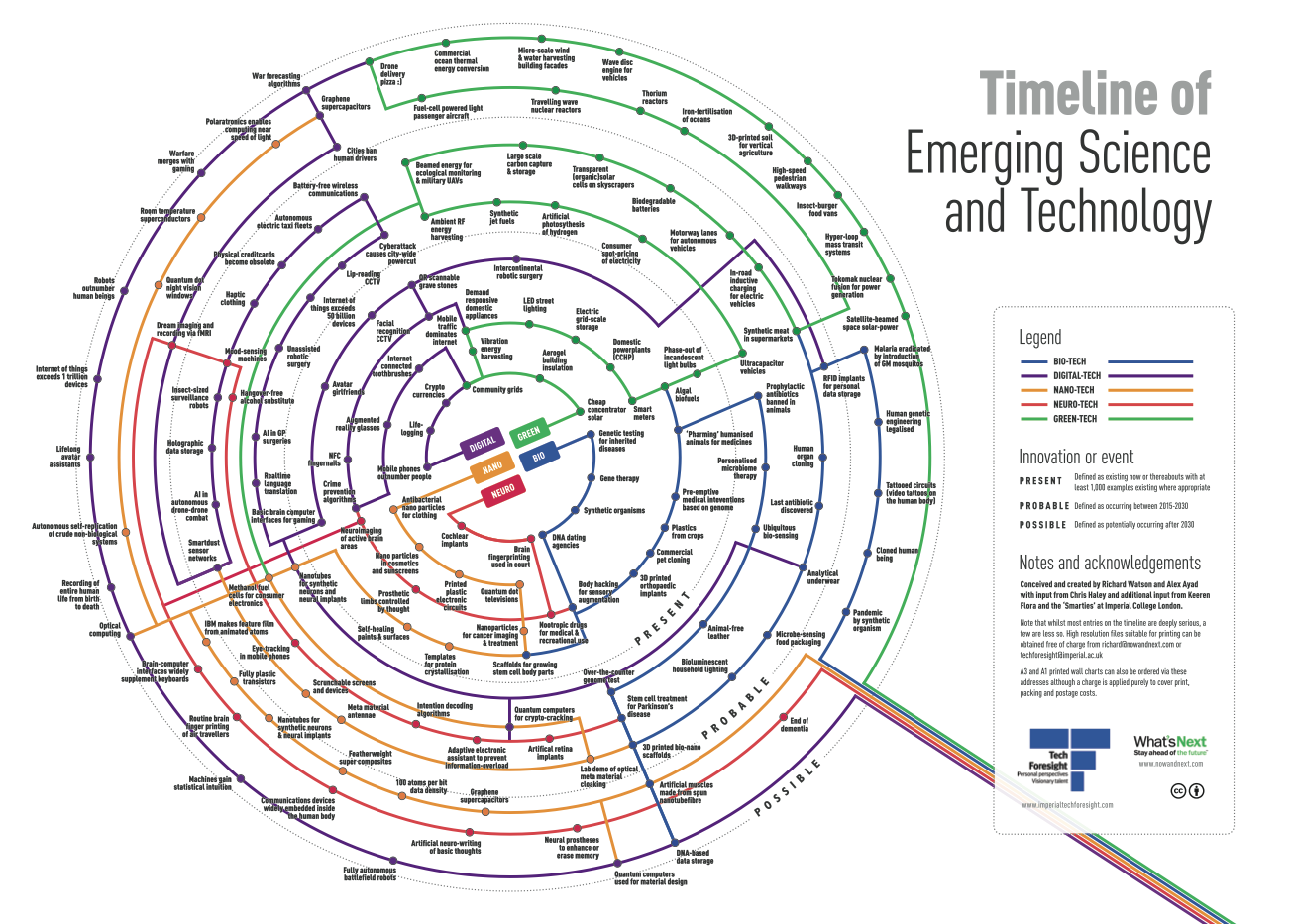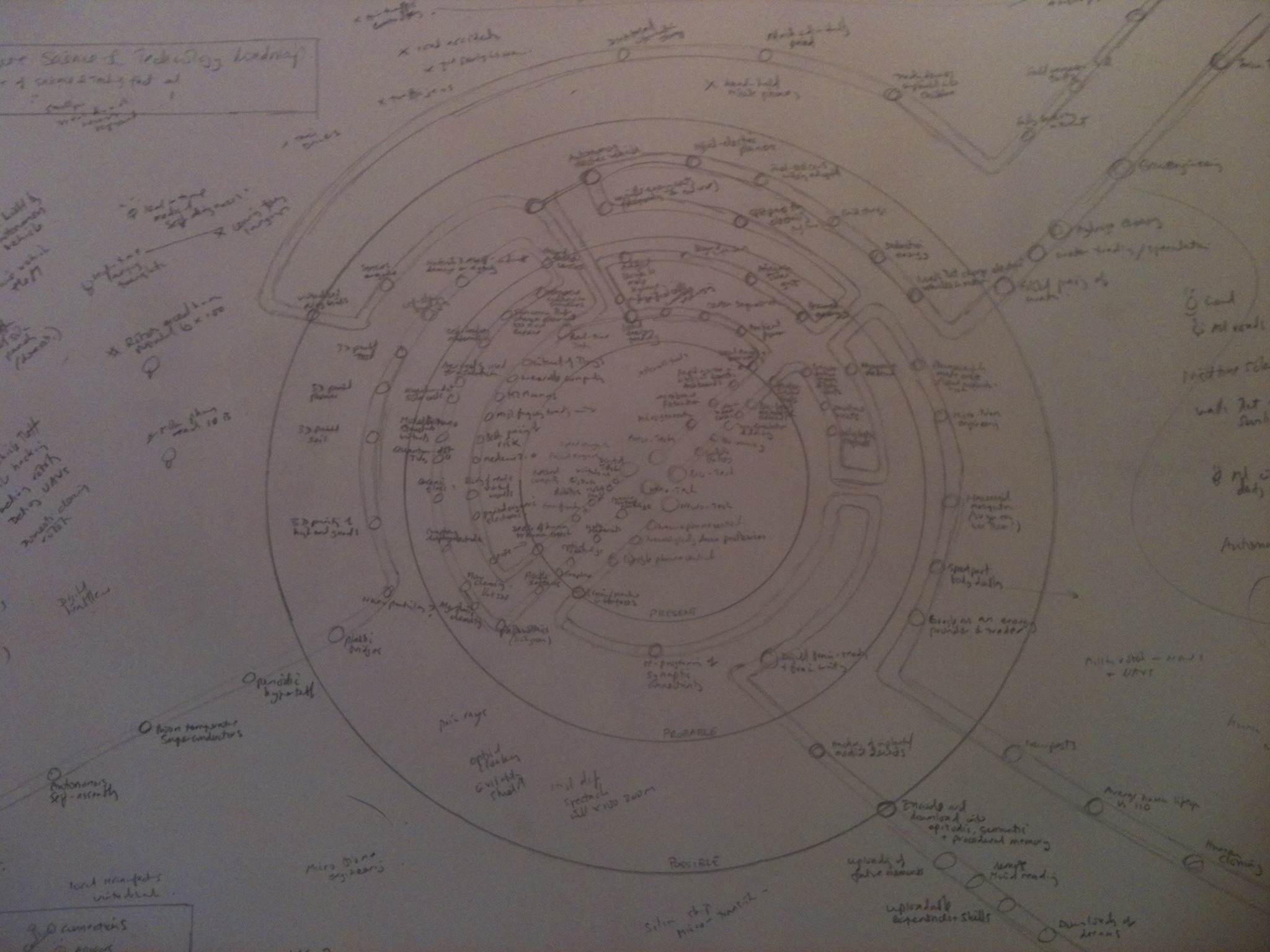One of the good things about having done what I do for a long time is that after a while you can look backwards. Here’s something I wrote about the future of money ten years ago (2005). Some things are spot on. Others are way off. (BTW, sorry about the line breaks, WordPress is doing its own thing).
—
Like predictions about the paperless office, forecasts about a cashless society have been around for a while. For example, AC Nielsen research says that only 10% of transactions in the US will be cash by the year 2020. Logically this makes sense because electronic commerce is at it’s most powerful in information processing industries like financial services.The idea is essentially that notes, coins, and checks are all hugely inefficient and will be replaced by digital money, which is easier to process. Governments love the idea of getting rid of cash because up to 25% of all cash in circulation globally is used for illegal purposes (in the United States, a staggering 25-30% of people don’t have bank accounts). Companies also love the idea because electronic payments are faster and much cheaper. And as far as multinationals are concerned, the sooner there’s a single global currency the better.
From a technological point of view, the cashless society is certainly getting closer. PayPal already has 63 million accounts, which makes it bigger than most national banks. In South Korea, four million banking transactions were carried out via cell phone in June of last year, and 300,000 people have bought cell phones into which you can plug a memory card securely encrypted with financial data. In Finland and Japan, you can pay for train journeys and restaurant meals by simply waving your phone in front of a payment terminal. And in Australia and Austria, you can pay for a parking space using your phone. Hello mobile micro-payments. Bye-bye cash.
Back in South Korea, more people own cell phones than computers, so it’s pretty easy to see why phone companies could be the banks of the future. Or, as Bill Joy has pointed out, your phone will become your wallet, and a bank or credit card company will give it to you for free. And don’t forget that in the future all phones will be GPS equipped so products like motor or holiday insurance could be sold by the minute on a pay-as-you-go basis. Why? Because your insurance company would know where you are in real time and could calculate risk and payments accordingly. Thus the scene with Tom Cruise in Minority Report suddenly becomes very real with the prospect of retailers (including banks) knowing who you are and what you’re worth (or at least what you spent last time) the second you step into their store.
Could the cashless society really happen? Yes. Early signs include the fact that 14% of Britons regularly throw away coins because they can’t be bothered to carry them around. And in the U.S., electronic payments (including debit and credit cards) surpassed check payments in December 2004 for the first time in history, while in Australia check usage has fallen from 50 per person in 1998 to 30 per person in 2003. Other signals include the fact that frequent flier miles are now the world’s second largest currency according to The Economist. Better still, Everquest currency is now more valuable than the Japanese Yen and is regularly traded for real U.S. dollars according to Edward Castronova, associate professor of economics at California State University. Sometimes it seems that the only people who like “real” money are older change-averse people. They won’t be around forever.
Nevertheless, all but the most geeky of of Generation Y would have to admit that there is something inherently substantial and emotionally reassuring about paper (and metal) money that’s difficult to replicate in cyberspace. Logically, paper books and newspapers should have been replaced by electronic books and online news a long time ago. But they haven’t. Thousands of years of tradition, human nature, and practicality have put the brakes on these innovations.
Then there’s the issue of trust. There are lots of trends that can be used to support a scenario where banks become extinct — acceleration of technology, product convergence, convenience, new channels, and brand promiscuity to name just a few. And remember: Most people don’t just dislike banks. They hate them. They hate waiting in line, the fees, and the lack of any meaningful choice. In the UK there’s even a Web-based service that allows customers to record conversations with their bank to provide evidence of poor service or misleading advice.
If Toyota or Yahoo branch out into financial services (as they’ve done in Japan), the banks could be in for a pretty rough ride. And that’s before Microsoft, Apple, or Vodafone offer banking services based on emerging technologies like digital signatures. Hello hyper-competition. Bye-bye margins.
So is this the beginning of the end for physical banks? Not necessarily. In the U.S., branch expansion is a major trend. In Australia, local community banks (and, conversely, private banks) are all the rage.100 years ago, the bigger a bank, the better. Now the opposite is increasingly true. As globalisation and virtual worlds take hold, people are being drawn back to local businesses and physical contact. People also crave simplicity, which is why banks like HBOS in the UK offer a limited choice of easy-to-understand products. This is good for customers, staff, and profits.Equally, most markets are polarising between low-cost providers and premium suppliers offering personalised solutions. Cheap Internet banking via a cell phone can happily exist next to branches that feature people who offer advice on big-ticket items like home loans. If you’re rich, you can have the best of both worlds: phone banking with instant access to a personal assistant and swipe card entry to flagship branches offering legendary customer service. And somewhere in the middle you can find 7-Eleven’s Vcom 24-hour bill pay kiosks.
But let’s go back to trust. UK supermarket Tesco has successfully offered basic products like cash back and car loans, but supermarket credibility is strained when you start talking about more complex matters like wealth management. Or take the fact that whilst we regularly take money out of ATMs, only 5-10% of us are happy to deposit money back in. There’s also the issue of identity theft, a $56-billion problem in the U.S. and up 600% in the past five years in the UK. ID theft is a problem that could bring the cashless society to its knees, but it’s also spawning a number of innovations like identitytheft911.com (Citibank) and ID theft insurance (progeny/AIG). Nobody can be really sure what will happen in the future, but it’s a fair bet that change will happen. Here are a few ideas you can bank on:
– Mobile micro-payments will revolutionise the shopping experience.
– Physical banks and customer service are not going away any time soon.
– If cash disappears, private currencies and barter schemes will flourish.
– Digitised money will eventually be embedded in everything from clothes to people.


